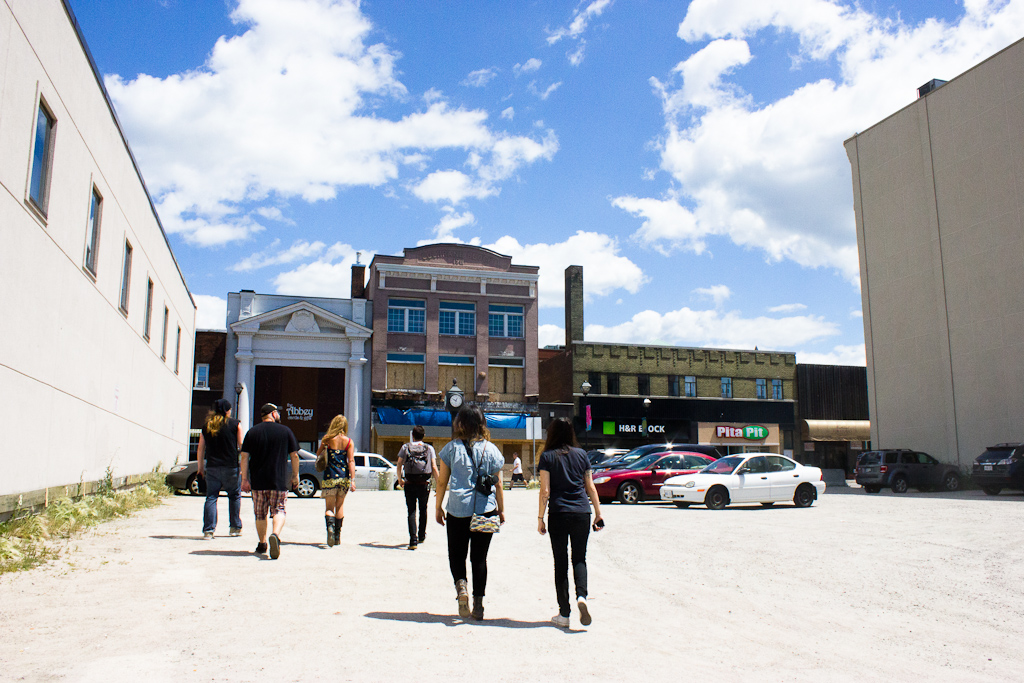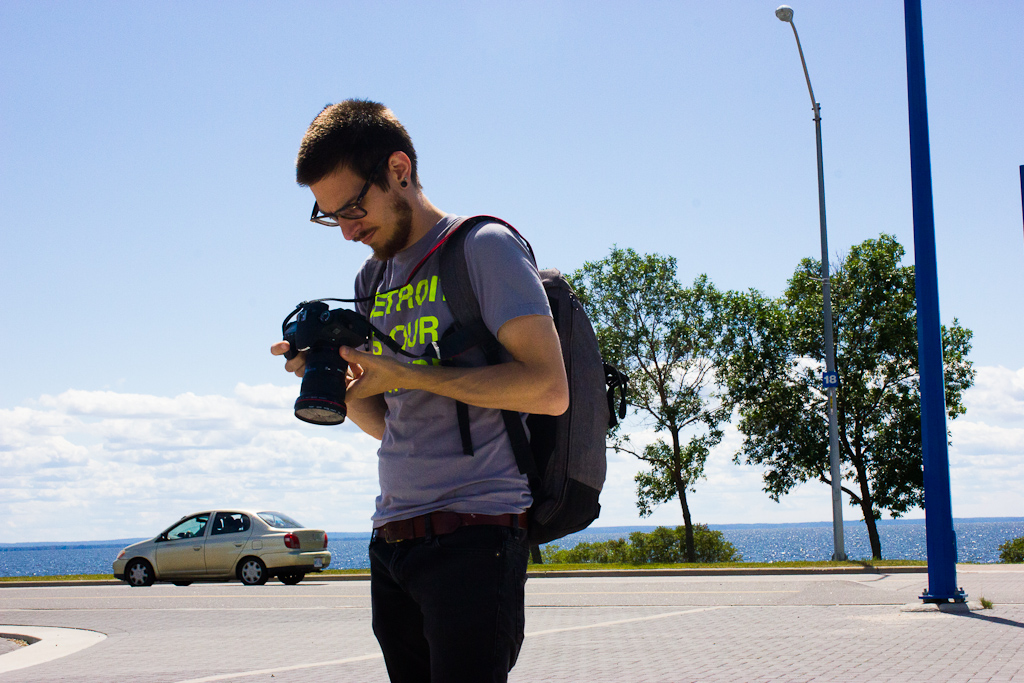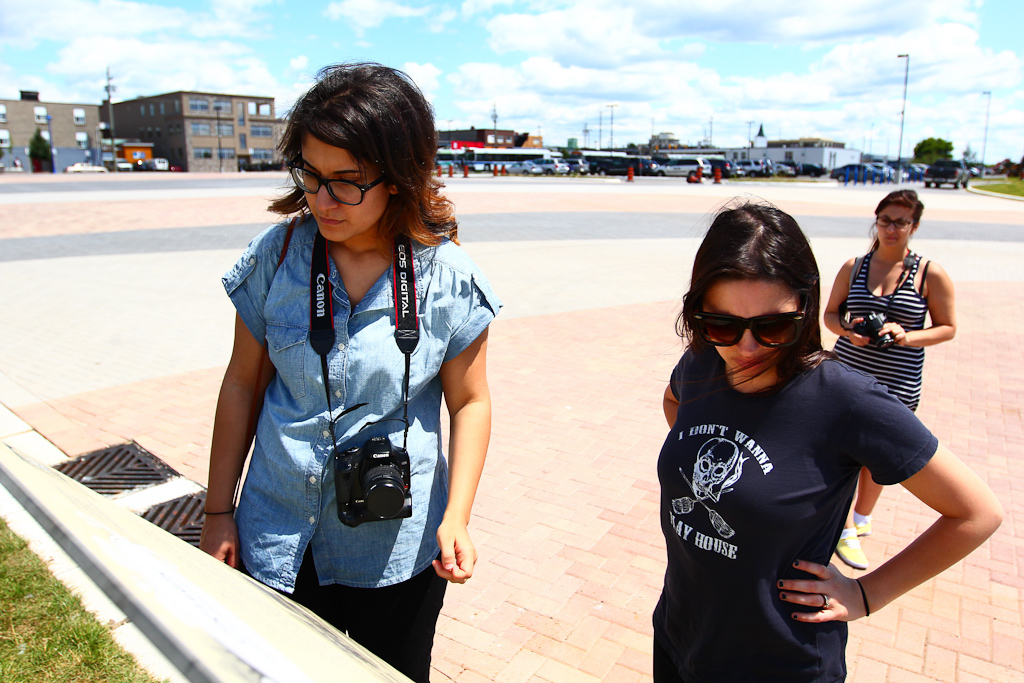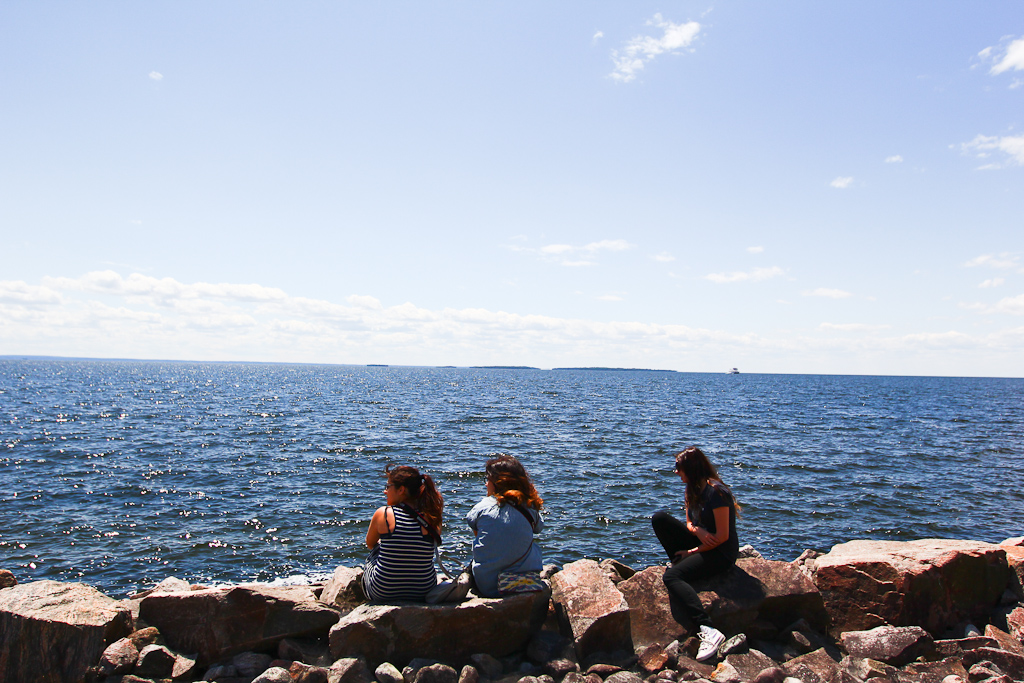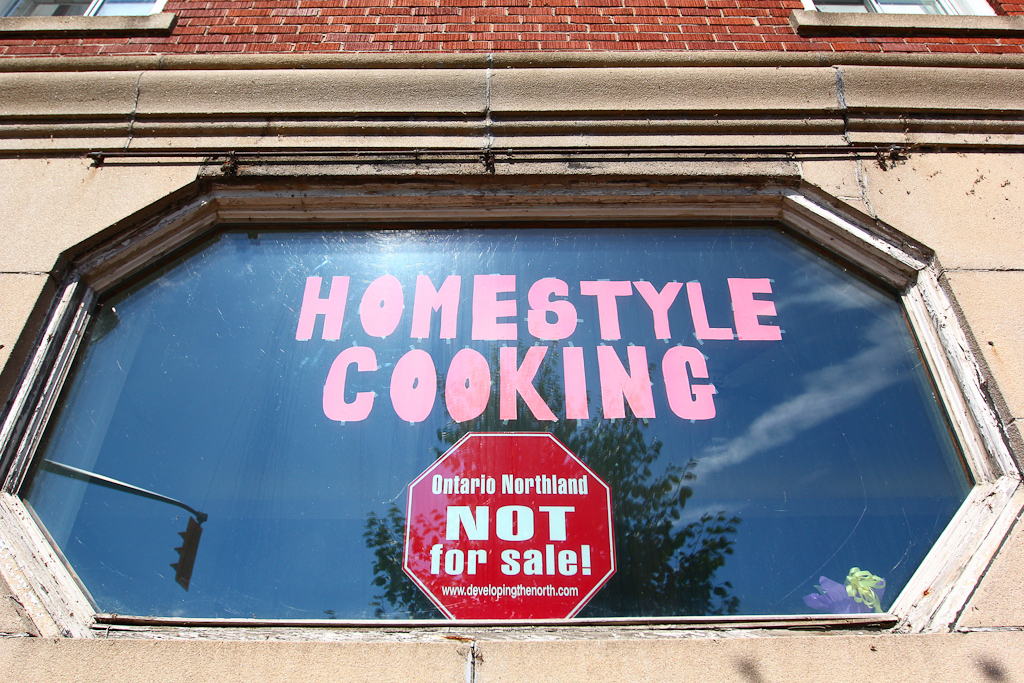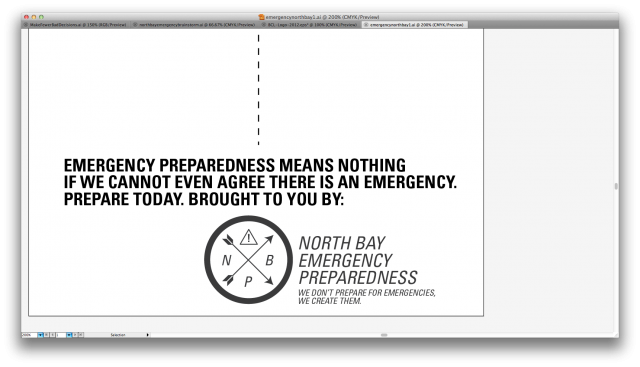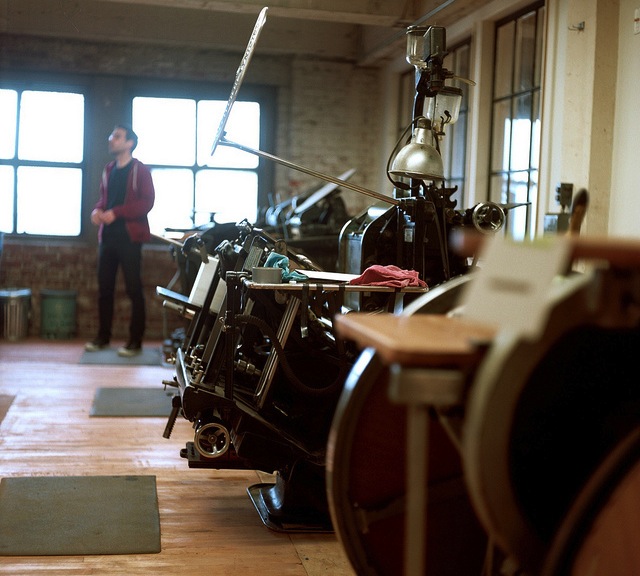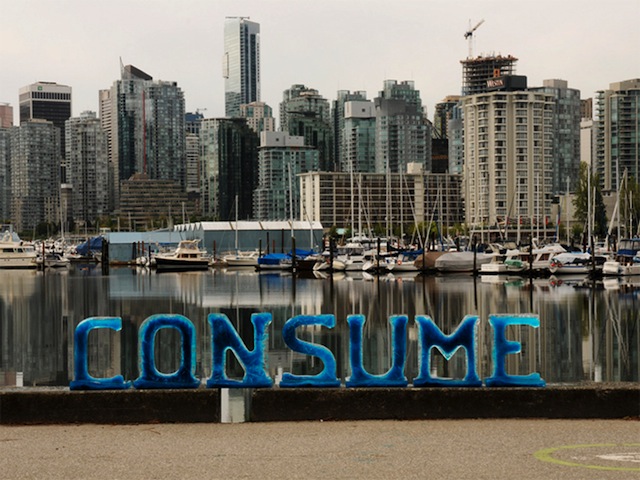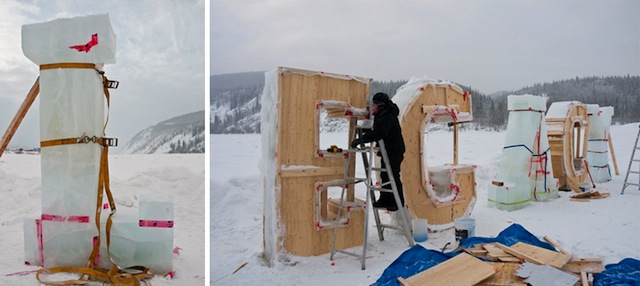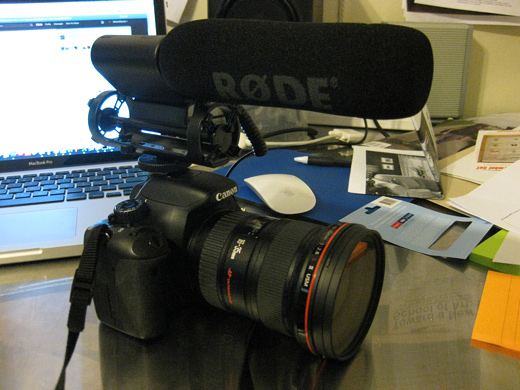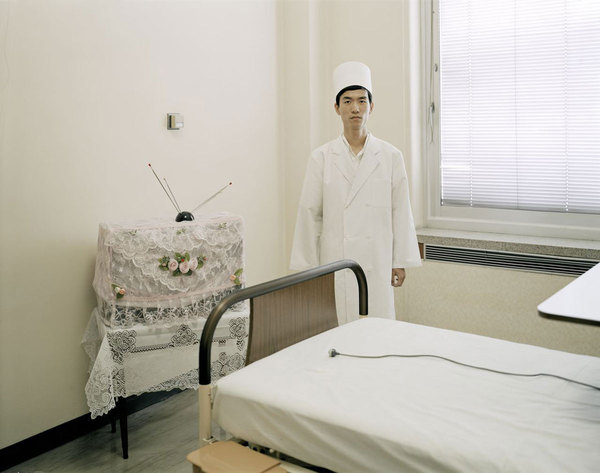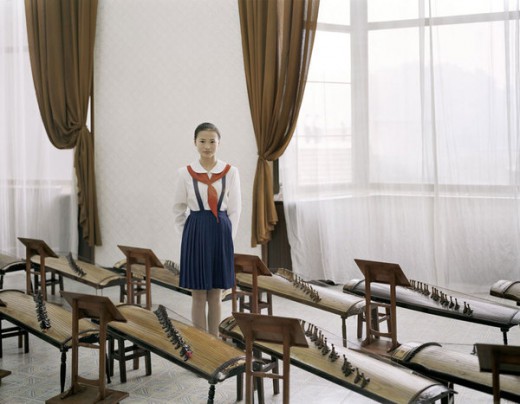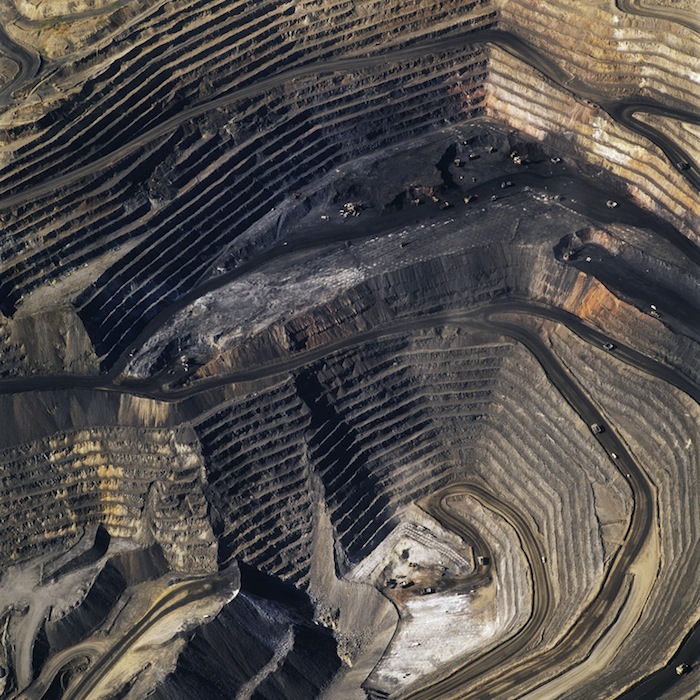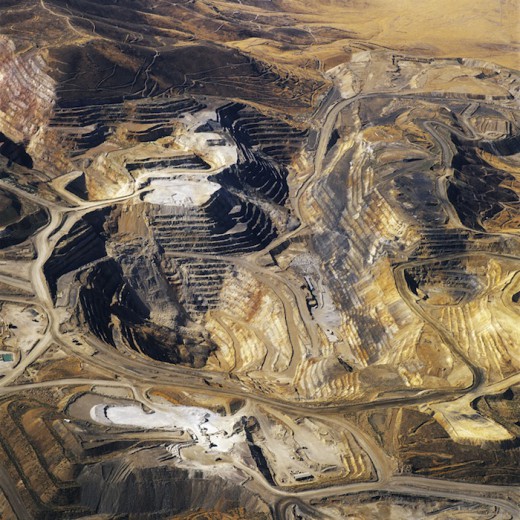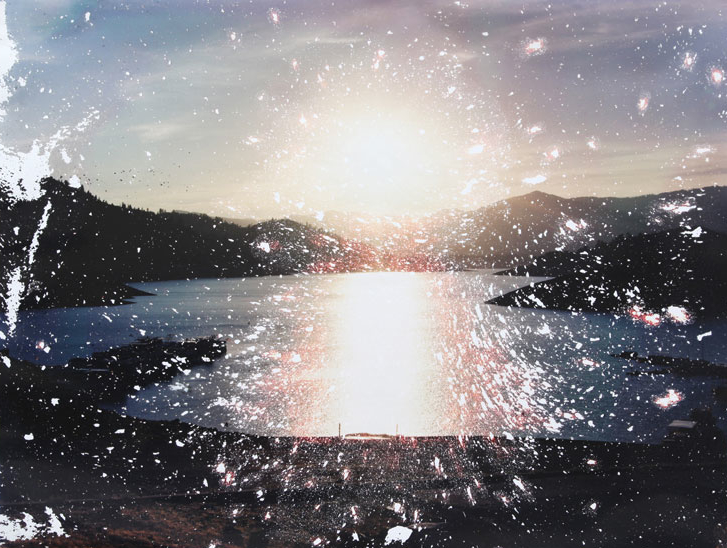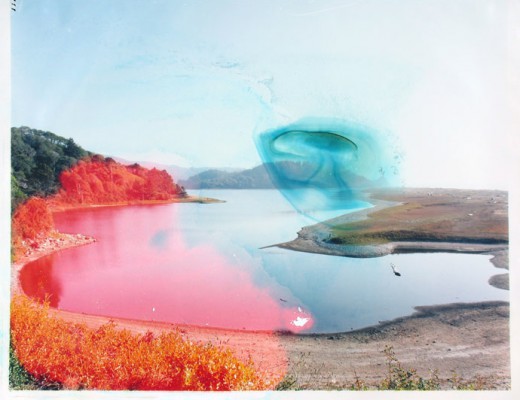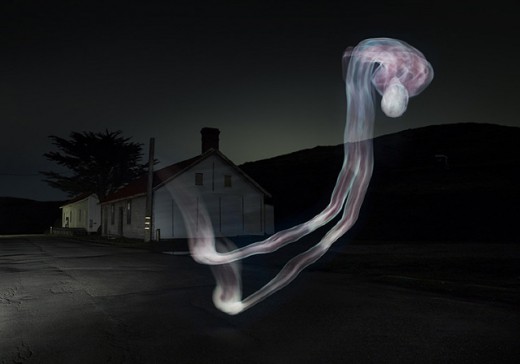Photography for Goods: A Skills for Good(s) Event Hosted by Mike DiRisio
Friday, April 26th, 7pm @ CIVIC SPACE – 411 Pelissier Street, Windsor, Ontario
Photography for Goods, a Skills for Good(s) workshop hosted by University of Windsor MFA Candidate Mike DiRisio, will cover ways to light and shoot objects to white out the photograph’s background – methods similar to those used in product photography. However, we will be using very basic materials, like desk lamps and large sheets of paper, so that you can easily reproduce this at home. We’ll then do some basic edits using Adobe Photoshop software, to completely white out the background and make the photographs as sharp as possible!
Please bring a used object (preferably something no bigger than a microwave) to donate to the Common Goods freestore – we’ll be photographing these for the demo.
Please visit Common Goods to see examples of objects photographed this way, and to learn more about the project Common Goods.


